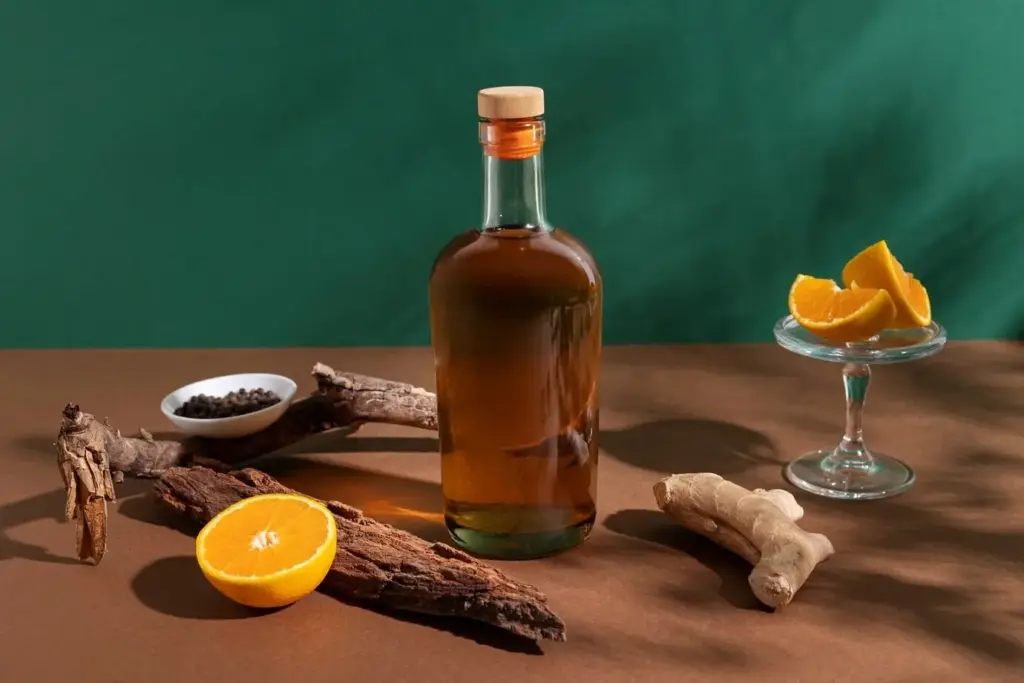Circular Comfort: Reviving Furniture with Purpose


Why Circular Living Starts with What You Sit On






Tools, Materials, and Safety Without the Intimidation
From Curbside Find to Daily Centerpiece






Where the Good Stuff Hides
Negotiation and Transport Tactics
Caring for Refreshed Pieces and Closing the Loop

Cleaning and Finish Care by Material
Use pH-neutral soap and water for sealed wood, avoiding oversaturation. Refresh hardwax oil surfaces with a light maintenance coat, buffing after curing. Re-wax chalk paint for protection and glow. For shellac, avoid high heat and alcohol spills; spot-repair with fresh shellac when needed. Always lift objects rather than sliding, and use breathable mats under vases. Gentle routines prevent damage and preserve the tactile pleasure that drew you to the piece in the first place.

Small Fixes Before They Grow
Address wobbly chairs by regluing loose joints, and correct sticky drawers with candle wax or waxed runners. Touch up scuffs with stain markers or tinted wax, and keep a tiny kit ready for quick responses. Re-tighten hardware quarterly and check felt pads after seasonal shifts. Early attention keeps issues contained, avoids costly interventions, and protects your investment of time and care. Little fixes done promptly are the essence of circular thinking at home.

Passing It Forward with Intention
When a piece no longer fits, document its materials and care history, photograph honest wear, and share its story in the listing. Offer it to community centers, neighbors, or student housing before sending to resale platforms. Provide spare hardware and touch-up notes. Encourage the next keeper to maintain and adapt it again. This continuity extends a lineage of care, keeps resources circulating, and reminds us that ownership can be collaborative, generous, and beautifully regenerative.


